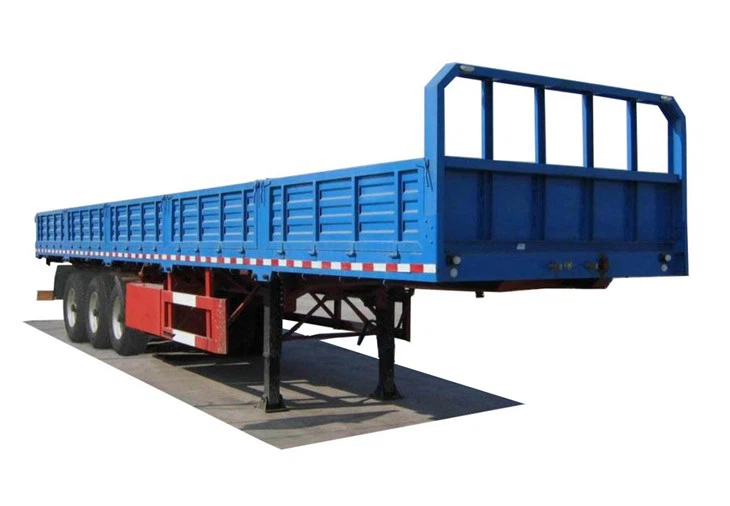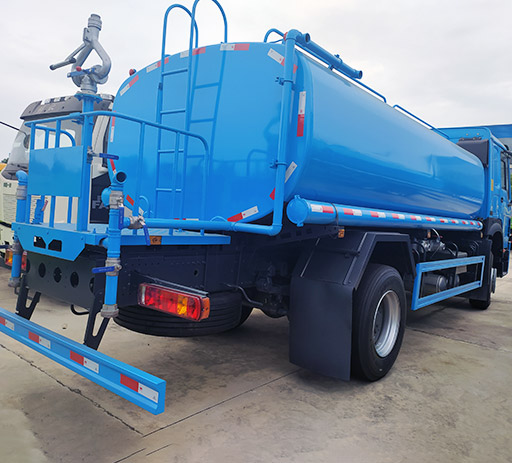Understanding Self-Contained Compactors: A Comprehensive Guide

In today’s waste management world, efficiency and sustainability are key. One of the tools that significantly contribute to these goals is the self-contained compactor. In this article, we will explore what self-contained compactors are, how they work, their benefits, applications, and key considerations when selecting one for your needs.
What is a Self-Contained Compactor?
A self-contained compactor is an integrated waste compaction system designed to compress waste material into a smaller volume. This compacting process allows businesses to manage waste more effectively, particularly in settings where waste volume is high, such as restaurants, shopping centers, and industrial facilities. Unlike standard compactors, self-contained compactors include an integral storage container that is sealed and designed to prevent leakage of fluids, making them ideal for wet waste and organic materials.
Features of Self-Contained Compactors
- Enclosed Design: Prevents leakage and odors, allowing for safe storage of waste.
- High Compaction Ratio: Compresses waste significantly, reducing the frequency of pickups.
- Durability: Built to withstand harsh conditions, making them suitable for outdoor usage.
- Safety Features: Often equipped with emergency stop buttons, safety locks, and warning lights.
How Do Self-Contained Compactors Work?
The operation of a self-contained compactor involves several key components:
1. Loading System
Typically designed to allow easy loading of waste materials, many self-contained compactors feature a funnel or chute for effortless disposal.
2. Compaction Chamber
The heart of the self-contained compactor is the compaction chamber, where the waste is compressed. The hydraulic system applies force to reduce the volume of waste significantly.
3. Sealed Container
After compaction, the waste is stored within a sealed container, which helps to maintain cleanliness and prevent foul odors.
4. Control Panel
The control panel allows operators to start, stop, and monitor compaction cycles and diagnose any issues that may arise.
Benefits of Using Self-Contained Compactors
Self-contained compactors offer various advantages, particularly for businesses generating high volumes of waste.

1. Improved Waste Management Efficiency
These compactors significantly reduce the volume of waste, leading to fewer trips for waste collection. This translates to lower hauling costs and reduced truck emissions.
2. Hygiene and Odor Control
The sealed design of self-contained compactors means that odors and unsightly messes are contained, promoting a cleaner and more sanitary environment.
3. Enhanced Safety
By consolidating waste materials in a single, secure location, these compactors mitigate safety hazards associated with spills and clutter.
4. Versatility
Self-contained compactors can handle a range of materials, including food waste, packaging, and other bulk materials, making them versatile for various industries.
Applications of Self-Contained Compactors
Self-contained compactors are used across multiple sectors. Here are some practical applications:
1. Hospitality Industry
Restaurants and hotels generate a significant amount of organic waste. Self-contained compactors can handle food scraps, packaging, and more, reducing the volume of waste and minimizing pickup frequencies.
2. Retail Stores
Shopping centers and retail stores benefit from using self-contained compactors to manage waste efficiently, enabling them to maintain cleanliness in high-traffic areas.
3. Industrial Facilities
Manufacturing plants and warehouses can utilize these compactors for handling various waste materials, ensuring safety and efficiency in their operations.
Choosing the Right Self-Contained Compactor

When selecting a self-contained compactor, consider the following factors:
1. Waste Type
Determine the type of waste you will primarily be disposing of, as this affects the compactor’s efficiency and suitability.
2. Size and Capacity
Evaluate how much waste is generated to choose a compactor with an appropriate capacity. Bigger isn’t always better; choose a size that matches your needs to avoid unnecessary expense.
3. Features and Options
Consider additional features such as automated controls, safety features, and energy efficiency options to suit your business’s needs.
4. Budget
Assess the total cost of ownership, including purchase price, maintenance needs, and operational costs to find a solution that fits within your budget.
Maintenance of Self-Contained Compactors
To ensure longevity and performance, regular maintenance of self-contained compactors is crucial. Here are key maintenance tips:
1. Regular Inspections
Inspect the compactor regularly for signs of wear, leaks, or malfunctioning components, noting any unusual noises.
2. Cleaning
Keep the exterior and any loading chutes clean. Schedule routine cleaning to prevent buildup and odor issues.
3. Lubrication
Ensure that moving parts are properly lubricated to minimize wear and tear and ensure smooth operation.
4. Servicing
Engage a qualified technician for annual servicing. This could include checks on the hydraulic system, electrical components, and safety systems.
Cost Considerations for Self-Contained Compactors
The costs associated with purchasing and operating self-contained compactors can vary significantly based on various factors:
Initial Purchase Price
Prices for self-contained compactors can range greatly, from $5,000 to over $30,000, depending on size and features.
Operational Costs
Consider the energy consumption, maintenance requirements, and hauling fees, which can add to the overall cost of ownership.
Return on Investment (ROI)
Calculate potential savings from reduced waste collection frequency, transportation emissions, and improved operational efficiency when determining the ROI.
Challenges and Limitations
While self-contained compactors offer many benefits, they do have challenges to consider:
1. Space Requirements
These compactors may require significant space, which can be a limitation in smaller establishments.
2. Initial Investment
Upfront costs can be high, leading some businesses to hesitate in making the investment.
3. Maintenance Needs

While reliable, they do require regular maintenance to ensure optimal performance.
Frequently Asked Questions (FAQ)
1. What types of waste can a self-contained compactor handle?
Self-contained compactors can manage various waste types, including organic material, packaging, and general trash.
2. How often should I empty a self-contained compactor?
The frequency of emptying depends on the size of the compactor and the volume of waste generated. Typically, it is emptied when it reaches capacity, which can be once a week or more frequently for higher-volume sites.
3. Can self-contained compactors be used indoors?
While primarily designed for outdoor use, some self-contained compactors can be used indoors if proper ventilation and drainage are available.
4. What maintenance is required for a self-contained compactor?
Regular inspections, cleaning, lubrication of moving parts, and annual servicing by a technician are necessary for proper maintenance.
5. How do I calculate the ROI for a self-contained compactor?
Consider savings in waste collection frequency, reduced disposal costs, and improved operational efficiency to measure your return on investment.
6. Are self-contained compactors environmentally friendly?
Yes, they promote better waste management, reducing landfill loads and associated greenhouse gas emissions through efficient compaction and fewer pickups.
